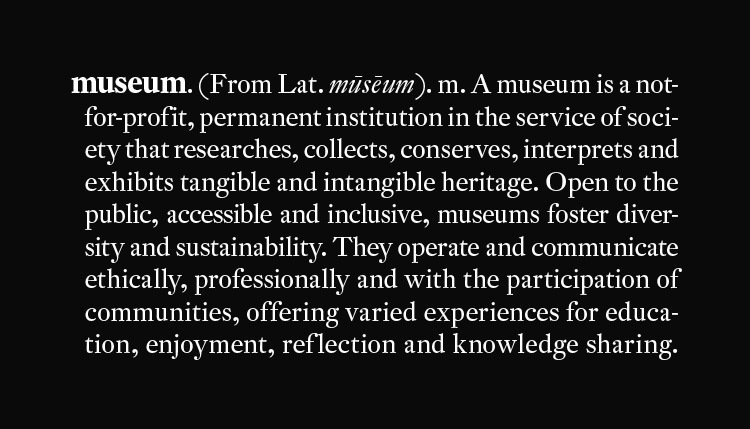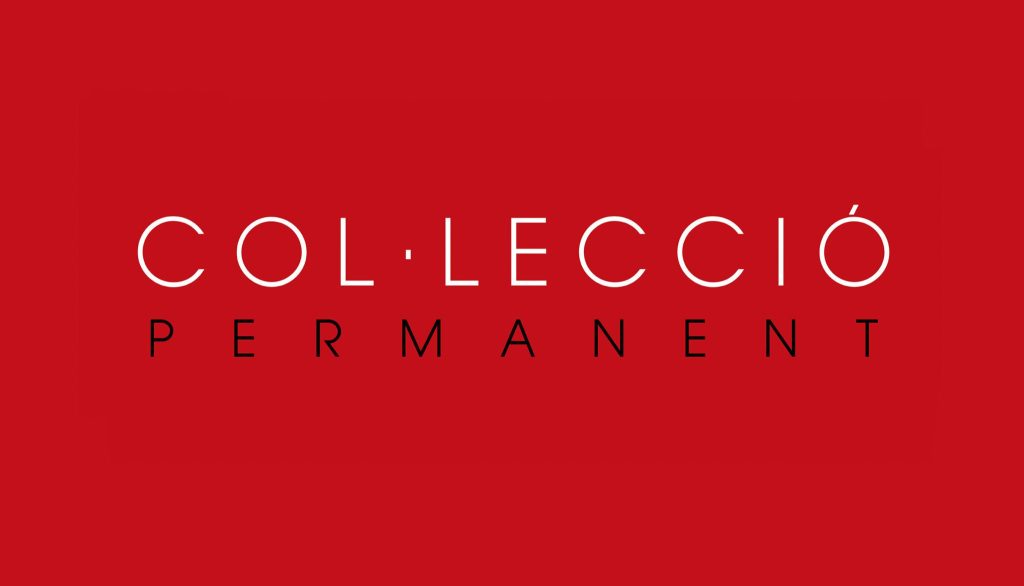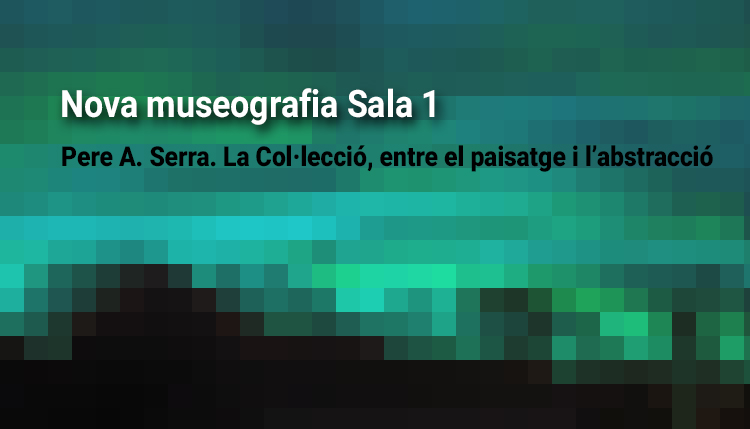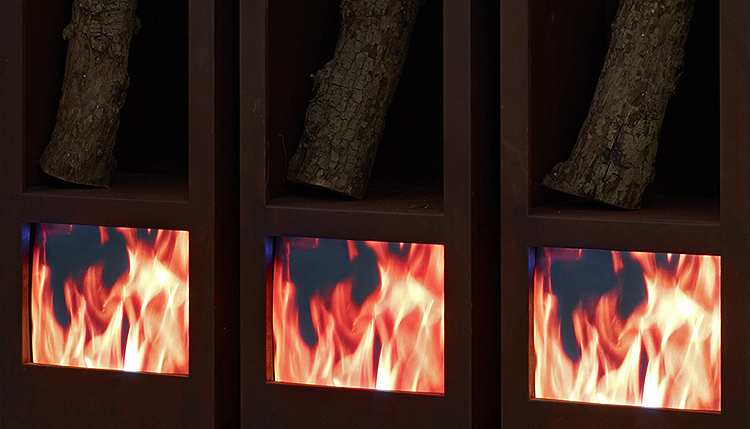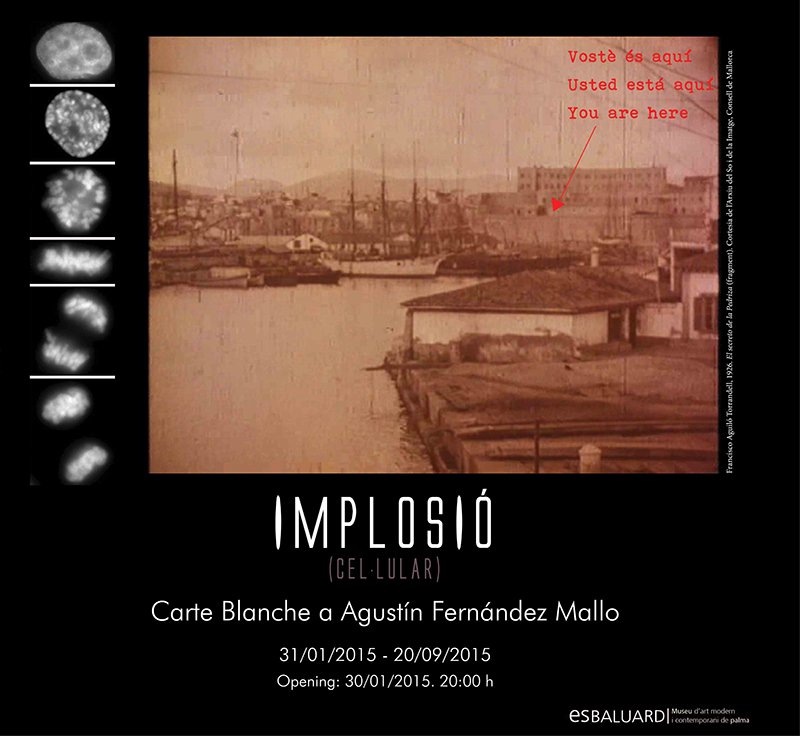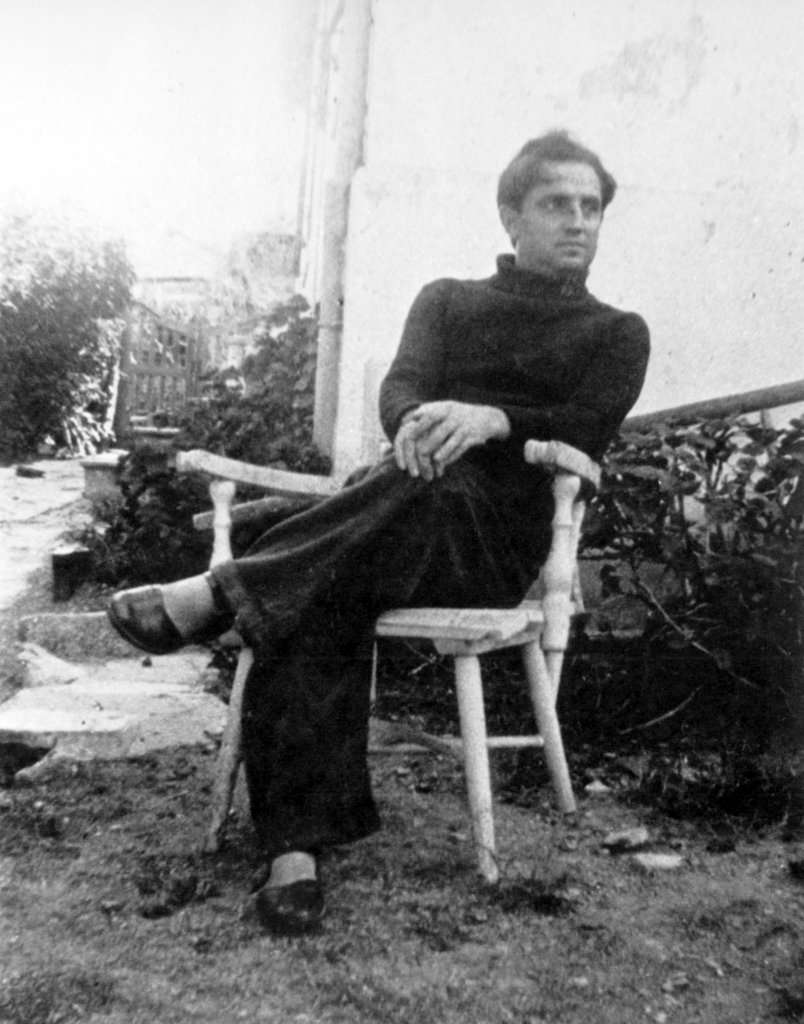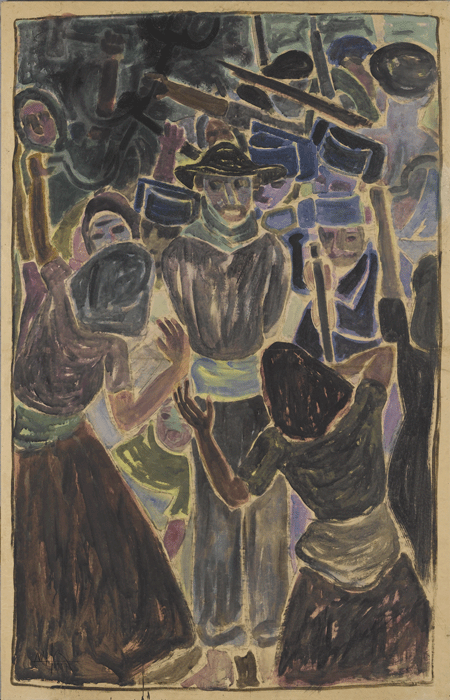
- Artist:
- Wifredo Lam
- Date:
- 1937
- Technique:
- Gouache on paper glued on canvas
- Dimensions:
- 215,5 x 139 cm
- Origin:
- Es Baluard Museu d'Art Contemporani de Palma, Serra Collection long-term loan
- Registration number:
- 46
- Exposed:
- No
This work represents Lam’s political commitment to the Spanish republic, and in spite of moving away from the artist’s most recognised style, associated for the most part to the Afro-Caribbean traditions and Surrealism represented in scenes and figures characterised by their polymorphism, it synthesises the energy of its shapes and narrations independently of periods or styles.
Escena de la Guerra Civil española (Scene from the Civil War) has three depths, one of the women’s backs, one in the middle showing the peasant with tied hands, and a third, background level where one can see a confrontation of weapons and menacing anonymous faces. The movement shown by interwoven arms and weapons reveals the tension in the situation. The figures take on all the prominence, cancelling out landscapes in favour of transmitting an episode of violence in consonance with the artist’s political commitment.
N.A.
The peculiar family circumstances of Wifredo Lam, in that he was the son of a Chinese father and a mixed-race mother links him to racial and social issues and a certain syncretism. Lam came to Spain in 1923, interested in discovering modernity. Surprised initially by the prevailing academicism, he devoted himself to researching the landscapes of the interior (mainly Cuenca) and the poverty of the peasants, the Vallecas School and the Surrealist and Cubist movements. Influenced by Marxism, in Picasso he saw a pictorial and political revelation, as he became immersed in a profound economic and personal crisis which, in conjunction with his social commitment, would result in a revolutionary phase and an anti-fascist period during which he hardly painted at all. He enlisted in the Republican army, and his political involvement from that time would be reflected in his work. After settling in Barcelona in 1937, joining in with the city’s cultural life and becoming a member of the socialist Ateneo, he entered a fertile phase which would lead him to Paris, generating a personal style that was deeply committed to and rooted in the subconscious, understanding artistic creation as an act of decolonisation.
N.A.
